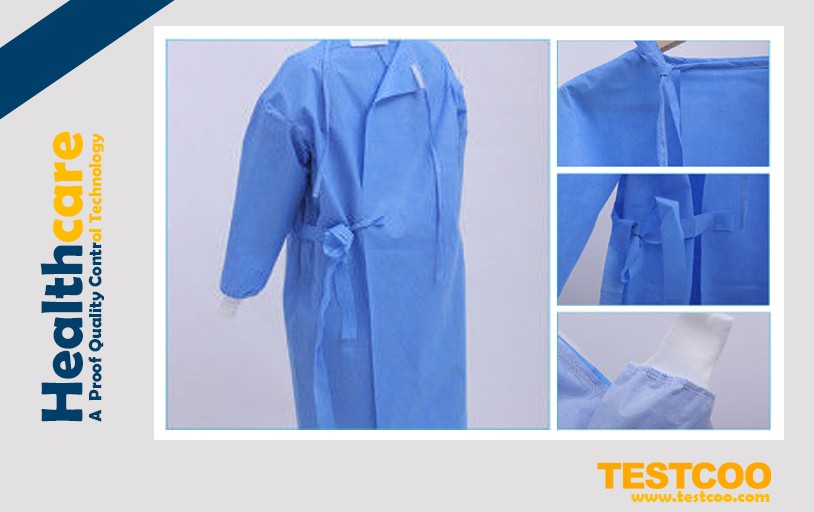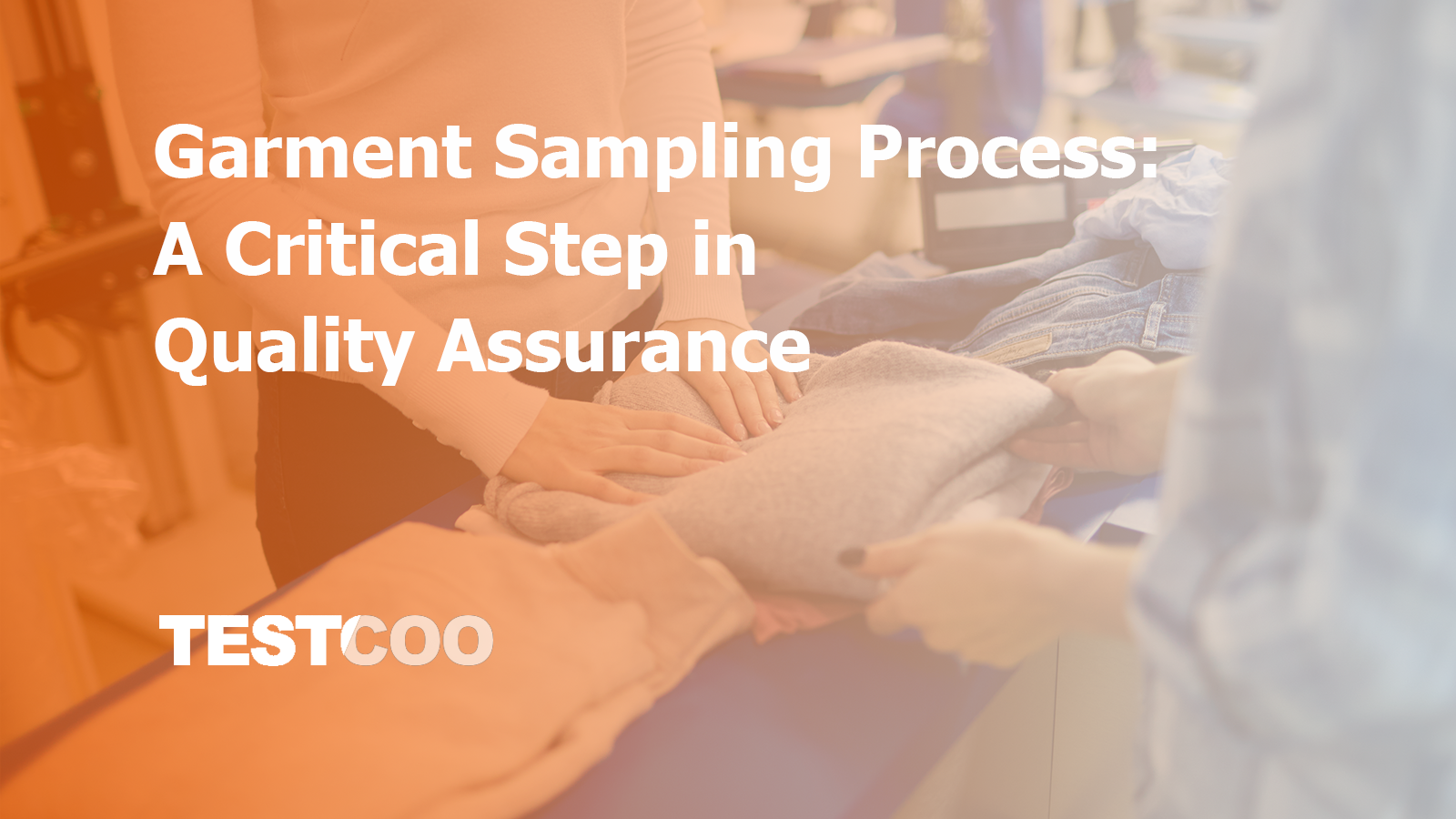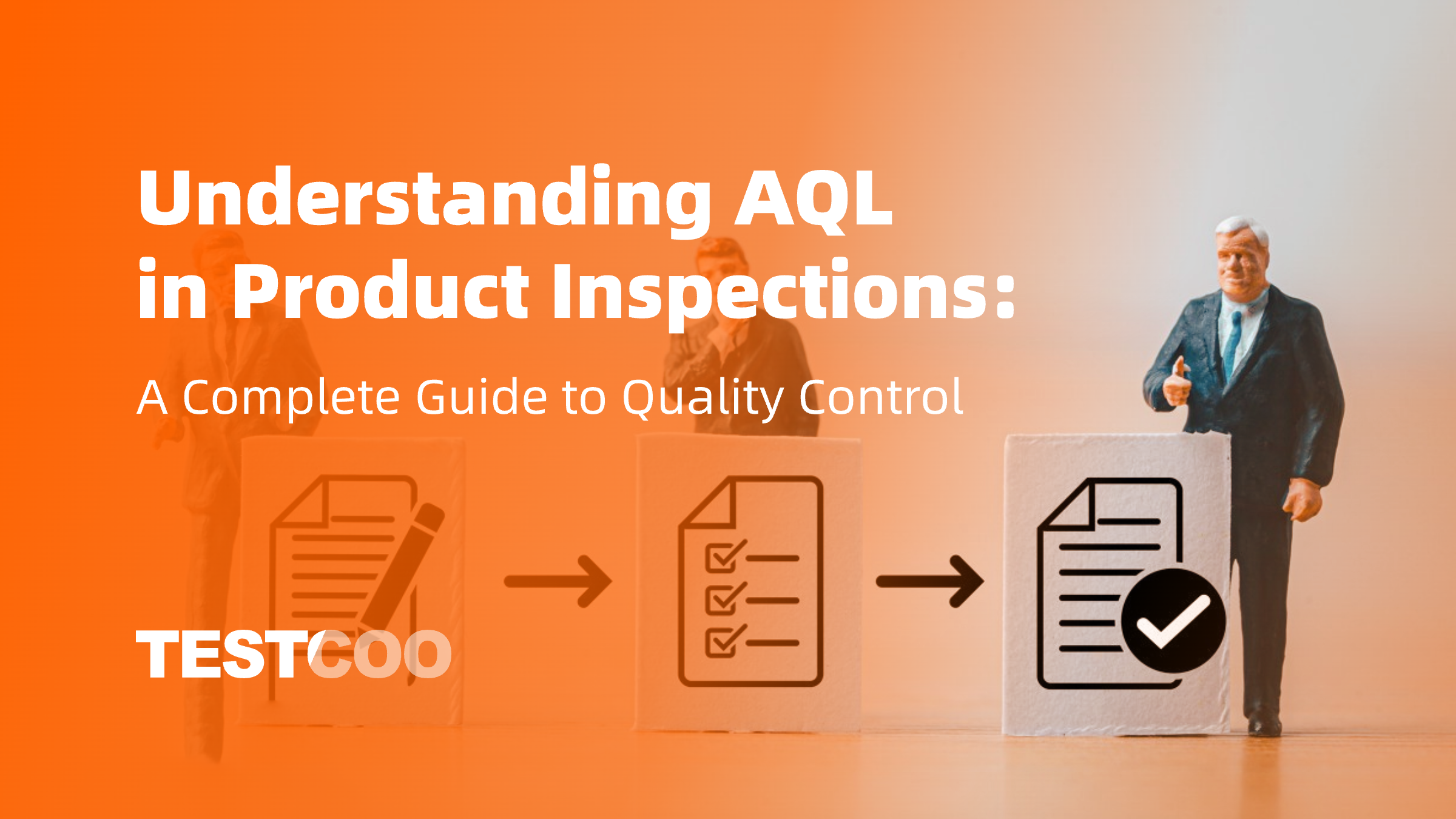9-point Inspection Checklist for Surgical Gowns Quality Control
Surgical gown is one crucial piece in healthcare medical industry to prevent the transferring of microorganisms and body fluids from patients to healthcare personnel and vice versa. With most of the surgical gown supply chains located in countries far away from the brand buyers, it is important to ensure the quality of surgical gowns before shipment. So conducting a factory inspection for surgical gowns can bring great significance to brand buyers to avoid failed products and the risk of product recall. Here is a guide to check the surgical gowns in a factory by QC.
ANSI/ASQ Standard to determine the right sample size and acceptance number
Firstly, the inspection follows ANSI/ASQ Standard Z1.4: AQL 2.5 for major defects and AQL 4.0 for minor defects. Take samples at random from the bulk production and perform visual inspection for each surgical gown sample to inspect its makes and workmanship. Garments that with better workmanship should have fewer visual defects and both major and minor defects are within AQL levels. Considering surgical gown, minor defects could be a reference but not a result of failure.
Inspection checklist for surgical gown quality control
1. Cleanness
Any kind of stain or smear is a major defect, either a dirty stain or a color stain.
2. Seam performance
Any open seam is a major defect.
3. Cuff stitching and Velcro
Any broken stitch is a major defect, but skipped stitch, exposed stitch or uncut thread end may be a minor defect. Velcro is positioned correctly and easy to use.
4. Asymmetrical sleeves
It is a major defect if the asymmetrical distance is over 2 cm, while it may be judged as a minor defect if the distance is between1-2cm.
5. Size measurement
Check all the sizes of the surgical gown according to the size chart or sample provided by the client. Differs from normal garment, the size measurement tolerance is suggested +2/-1 cm, while +/-1cm tolerance is widely used in normal fashion industry.
6. Unit Weight measurement
The weight of each surgical gown should follow the data or sample provided by the client. Apply +/- 3% if no detail tolerance issued or requirement from client.
7. Carton dimension and weight checks
Record the carton dimension and weight. Make sure that the carton size complies with the specification of the destination country.
8. Product packing details
Each package should include, for example, the surgical gown, the label card and the qualification card, and the information of the cards is clear.
9. Water resistance function test
The water resistance test is crucial for surgical gown as surgical gown is mainly used to prevent health care personnel from being exposed to body fluids and microorganisms.
The AAMI (Association for the Advancement of Medical Instrumentation) is the standard to establish the classification system for protective apparel used in health care facilities based on liquid barrier performance using standardized test methods. Within this standard, AAMI has applied AATCC (American Association of Textile Chemists and Colourists) 42 and AATCC 127 methods to test the efficacy of surgical gowns.
AATCC 42 Water Resistance: Impact Penetration
This test indicates how the surgical gown will resist strikethrough when fluids splash or spray onto the surgical gown. Spray 500±10mL water against the taut surface of a test specimen backed by a weighted blotter. The blotter is then reweighted to determine water penetration and the specimen is classified accordingly. Garments that are more protective should have less water penetrating the fabric of test sample, which means, lower levels are better water resistance.
AATCC 127 Water Resistance: Hydrostatic Water Resistance
This test shows how the surgical gown will resist strikethrough when water pressure is applied to the surface of the surgical gown. Hydrostatic pressure tests the fabric for fluid resistance by measuring the force required for water to penetrate it (including seams). One surface of the test specimen is subjected to a hydrostatic pressure, increasing at a constant rate until three points of leakage appear on its other side. Garments that are more protective should be able to withstand higher levels of pressure before droplets form, which means, higher levels are better water resistance.
Both of the two water resistance tests do not have a fail / pass benchmark as they are observation tests only, with results recorded after each observation. It is the AAMI PB70 standard that determines the pass/fail of the surgical gown based on the Acceptance Quality Limit (AQL) requirement.
TESTCOO-Quality Control Inspection Company in China
TESTCOO is a leading third-party inspection company in China. Testcoo performs over 100,000 product inspections, factory audits, and lab tests annually and is trusted by 5,000+ retailers, brands, and suppliers worldwide.
Testcoo can help you complete a full QC inspection in China more efficiently and effectively. It offers the following QC inspection services to assess and satisfy its global customers:
- Initial Production Check (IPC)
- During Production Check (DUPRO)
- Final Random Inspection (FRI)
- Loading Supervision (LS)
- 100% Inspection
- Sample Picking Service (SPS)
- Supplier Audit
If you need some practical experience in quality control, you can definitely discuss with us. As a Chinese inspection company, we can provide product inspection, factory audit, lab testing, and Amazon FBA inspection. Contact us for a detailed quality control solution for your requirements.
Free Sample Report Performance Quality Control
Download a sample report to keep control of your supply chain!
Featured Articles
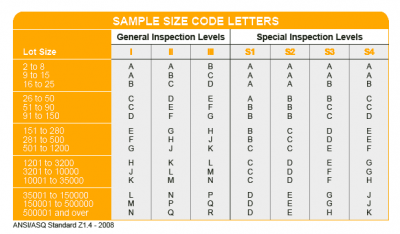 AQL Table | How to Read It
AQL Table | How to Read It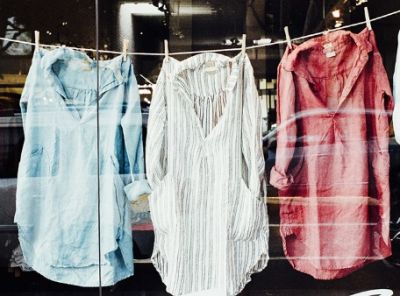 TOP 10 Common Defects in Garments Quality Inspection
TOP 10 Common Defects in Garments Quality Inspection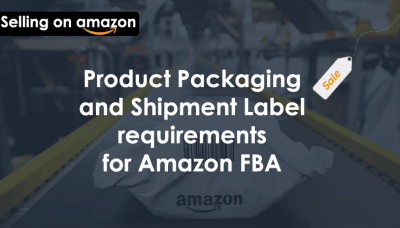 Product Packaging and Shipment Label requirements for Amazon FBA
Product Packaging and Shipment Label requirements for Amazon FBA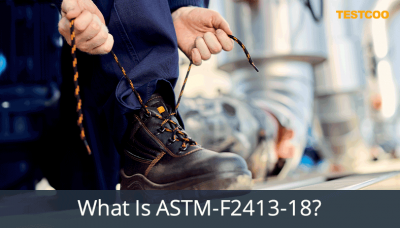 What Is ASTM-F2413-18? Protective Footwear Standard
What Is ASTM-F2413-18? Protective Footwear Standard How to Conduct Third-Party Quality Control Inspections for Electric Scooters
How to Conduct Third-Party Quality Control Inspections for Electric Scooters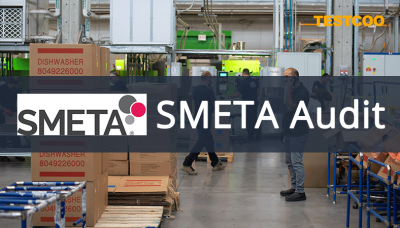 SMETA Audit-What is SMETA Audit?
SMETA Audit-What is SMETA Audit?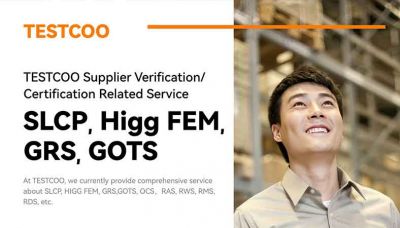 TESTCOO Supplier Verification/Certification Service SLCP, Higg FEM, GRS, GOTS
TESTCOO Supplier Verification/Certification Service SLCP, Higg FEM, GRS, GOTS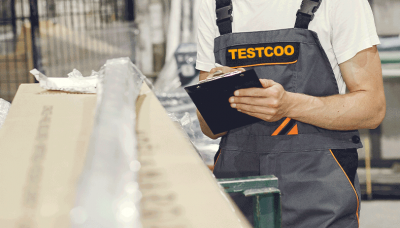 Quality Control Inspection Company in China
Quality Control Inspection Company in China What is Quality Inspection? A Complete Guide
What is Quality Inspection? A Complete Guide Guidelines for Product Inspection in India
Guidelines for Product Inspection in India
Category
- Production Inspection Service
- Factory Audit
- Softline Inspection
- Hardline Inspection
- Electrics Inspection
- Certification
- Checklist
- Manufacturers
- Quality Assurance Basics
- Products Recall
- AQL
- Guidence and Standard
- News
- Supplier Management
- Amazon
- Protective Equipment
- e-commerce quality control
- Indian Manufacturing
- Soft Goods Quality Control
- Supply Chain Management
- Supply Chain Resilience
- E-Commerce Quality Control
- ISO 2859
- Supply Chain Optimization
- Garment Industry
- Higg Index
